Colorado is home to a diverse habitat, climate, and soil conditions that incubate a wide variety of plants including, dense forests, massive plains of grass, plus shrubs and ferns that cover the ground beneath us. And because of our diverse climate and higher elevations, gardening in Colorado can be challenging.
When landscaping in Colorado, it’s best to use native plants due to their adaptability and sustainability. Native plants will naturally adapt to their surroundings, plus when planted correctly, they will require less external help with watering or even fertilizing. Plus, using native plants attracts a variety of fauna to your garden.
Colorado native plants are defined, in the most basic terms, as existing in Colorado before European settlement. Knowing where to find them and the best places for planting them largely depends on the area’s life zone. Colorado is divided into five life zones:
- Plains (3,500 to 5,500 feet)
- Foothills (5,500 to 8,000 feet)
- Upper Sonoran life zone (7,000 to 8,000)
- Montane life zone (8,000 to 9,500 feet)
- Alpine life zone (above 11,500 feet).

- The Plains life zone is found in eastern Colorado and predominately consists of grasslands and streamside Cottonwoods.
- The Upper Sonoran is found in western Colorado and is dominated by semidesert shrublands and pinon pine-juniper woodlands.
- The Foothills is characterized by dry land shrubs such as Gambel Oak and Mountain Mahogany, with southern Colorado seeing more Pinon-juniper and sagebrush.
- The Montane zone is home to more trees like the Ponderosa pines, aspen woodlands, Douglas Fir, and Lodgepole pine.
- And finally, the Alpine zone is where trees stop growing, and tundra dominates.
What you plant will depend a lot on what Colorado climate zone you live in, and the resulting year-round weather you can expect. Some places are just too cold for some of these native plants, while others are too hot.
From the high plains in the east to the Rocky Mountains in the west and even the desert landscape of the Grand Mesa, here are the plants native to Colorado that are best used for landscaping:
Trees native to Colorado
Trees are the largest and most populous living organisms in the U.S. Aspen groves are believed to be Earth’s largest living organisms, one of which is in Colorado at Kebler Pass. In general, there are roughly 50 trees native to Colorado, where generally people will only encounter five to ten different species of trees in one forest location.
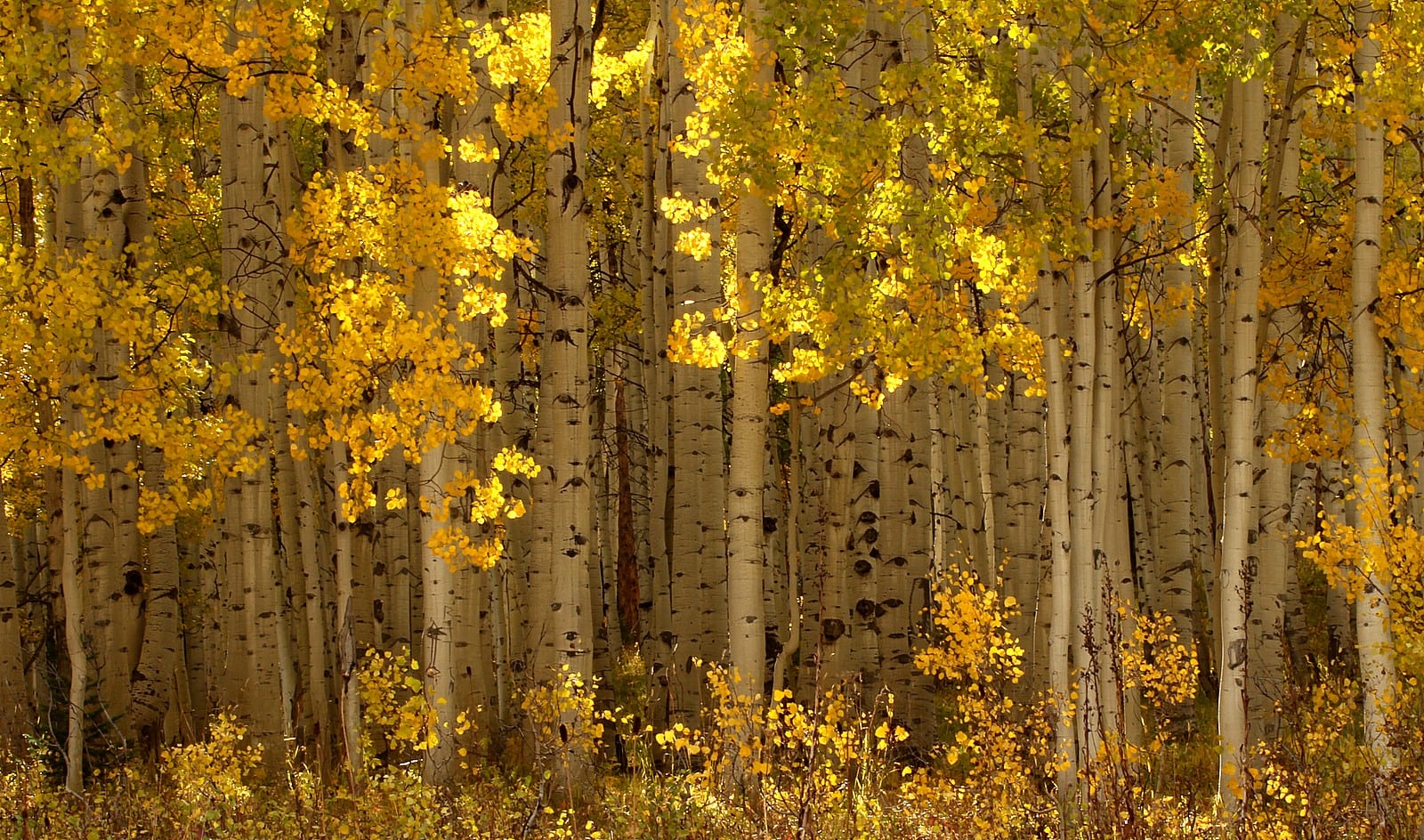
Some of the most common types of trees native to Colorado include the Douglas-fir, Colorado Blue Spruce, Engelmann Spruce, Bristlecone Pine, Lodgepole Pine, Quaking Aspen, Pinon Pine, Plains Cottonwood, Ponderosa Pine, Rocky Mountain Juniper, White Fir, and Subalpine Fir.
When choosing what trees to use for landscaping, consider larger trees like the Colorado Blue Spruce, Ponderosa Pine, and Douglas Fir, which are native coniferous trees, as well as others such as the Narrowleaf Cottonwood and Plains Cottonwood, which grow faster. For medium to smaller trees, choose from the Quaking Aspen, Bristlecone Pine, Rocky Mountain Juniper, and the Gambel Oak.
Colorado Blue Spruce – As the Colorado state tree, the blue spruce is a native coniferous tree with evergreen needles that are blue or light green with round cones. They can grow up to 115 feet and are found at elevations between 6,700 to 11,500 feet in the Foothills to Montane zones.

Ponderosa Pine – The Ponderosa Pine is a coniferous tree with a three-inch thick bark, and longer evergreen needles that are typically dark yellow-green, and grow in bundles of three. They can grow up to 160 feet, between the elevations of 6,300 and 9,500 feet in the Foothills to Montane zones.
Douglas Fir – The Douglas Fir is a coniferous tree with medium to dark green needles and light brown cones of a unique shape. They can grow up to 130 feet, between the elevations of 6,000 and 9,500 feet in the Foothills and Montane zones. They are one of the more popular trees for Colorado landscaping.
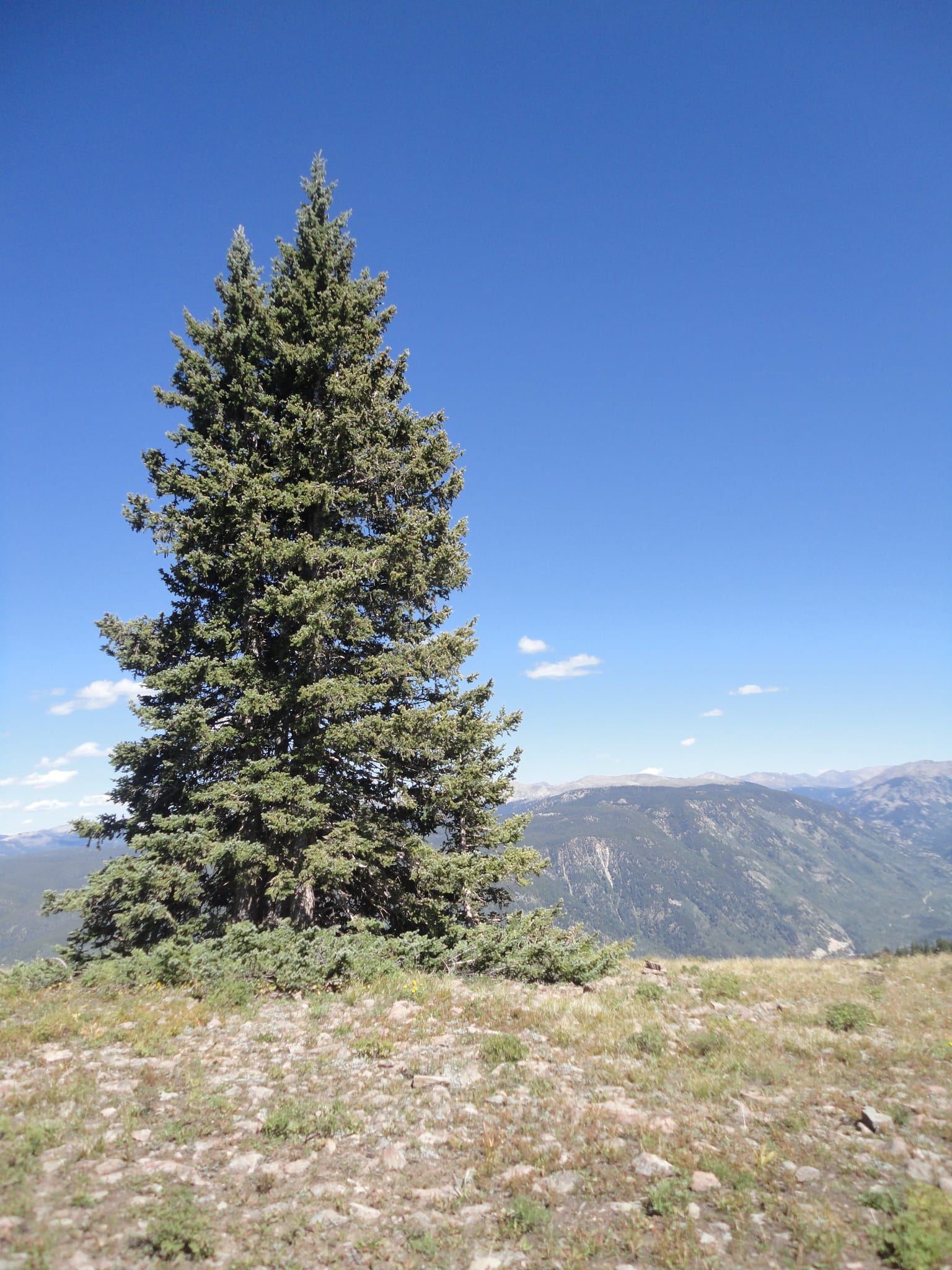
Narrowleaf Cottonwood – The Narrowleaf Cottonwood is a deciduous tree with shiny green broad willow-like leaves with light brown fruit that matures in the spring and then breaks open, revealing tiny seeds. Its leaves are also yellow in the fall. Found mostly along streams, these trees can grow up to 60 feet high in elevations between 5,000 to 8,000 feet in the Foothills to Montane zones.
Plains Cottonwood – The Plains Cottonwood is a deciduous tree with yellow-green glossy broad leaves with tiny capsules that contain cotton-like seeds. Found mainly in floodplains and near creeks and streams, Plains Cottonwood can grow up to 190 feet tall in lower elevations between 3,500 and 6,500 feet in the Plains, Foothills, and Upper Sonoran zones.
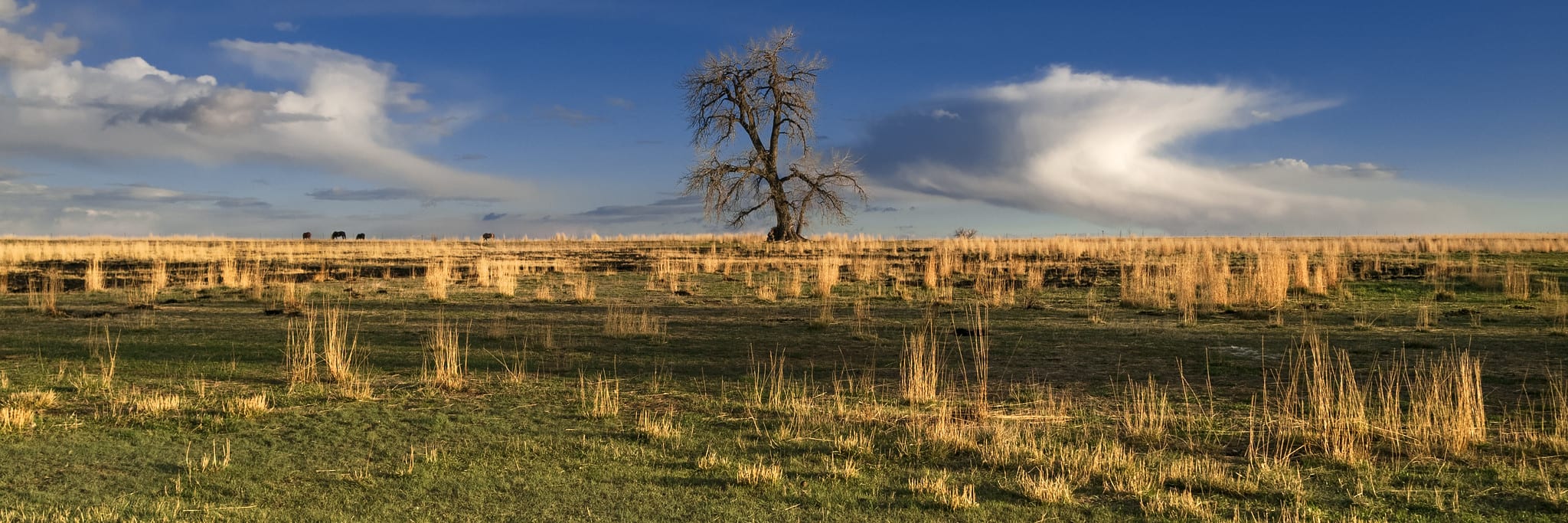
Quaking Aspen – The Quaking Aspen is a deciduous tree with a commonly recognized green-white patchy trunk and broad rounded leaves that are bright green in summer and yellow in the fall. Often growing in groves up to 50 feet tall, Quaking Aspens are found at elevations between 6,500 and 11,500 feet.
Bristlecone Pine – The Bristlecone Pine is a coniferous tree that is highly resilient with dark evergreen needles and round dark purple-brown cones. But perhaps its most noticeable feature is its twisted and gnarled trunk. It is also thought to be one of the oldest living organisms in the world. It grows mainly in Montane and subalpine zones.

Rocky Mountain Juniper – The Rocky Mountain Juniper is a coniferous tree that has evergreen scale-like needles that are gray-green. Small blue-gray berries form, which gives the juniper a distinctive look. Often related to pinon pines, the Rocky Mountain Juniper grows up to 50 feet tall and is found in the Foothills and Montane zones between 4,000 to 8,000 feet.
Gambel Oak – Gambel Oak is a deciduous tree that is commonly referred to as scrub oak and oak brush. It produces shades of red, orange, yellow, and brown leaves in the fall. Commonly found in western Colorado between 4,000 and 8,500 feet in the Foothills and Montane zones.
Shrubs native to Colorado
Shrubs are plants that are woody, like trees, but much smaller in standing. Some are deciduous, while others are evergreen. Some can produce flowers, while others produce berries.
Native shrubs in Colorado that do well in landscaping include Mountain Mahogany, Wax Currant, Three-leaf Sumac, Sagebrush, Hoptree, Chokecherry, Rabbitbrush, Western Sand Cherry, and Western Water Birch, just to name a few.
Mountain Mahogany – The foliage on a Mountain Mahogany is thick and leathery with a gray-green color. Tiny yellow flowers are produced in the spring, soon followed by fuzzy, twisted seed tails. This evergreen shrub does great in the winter and does best in elevations between 4,000 and 8,500 feet in the Foothills and Montane zones.
Wax Currant – The Wax Currant grows rounded with leathery leaves, pink flowers in the spring, edible orange-red berries in the summer, and grows mainly in the Foothills zone.
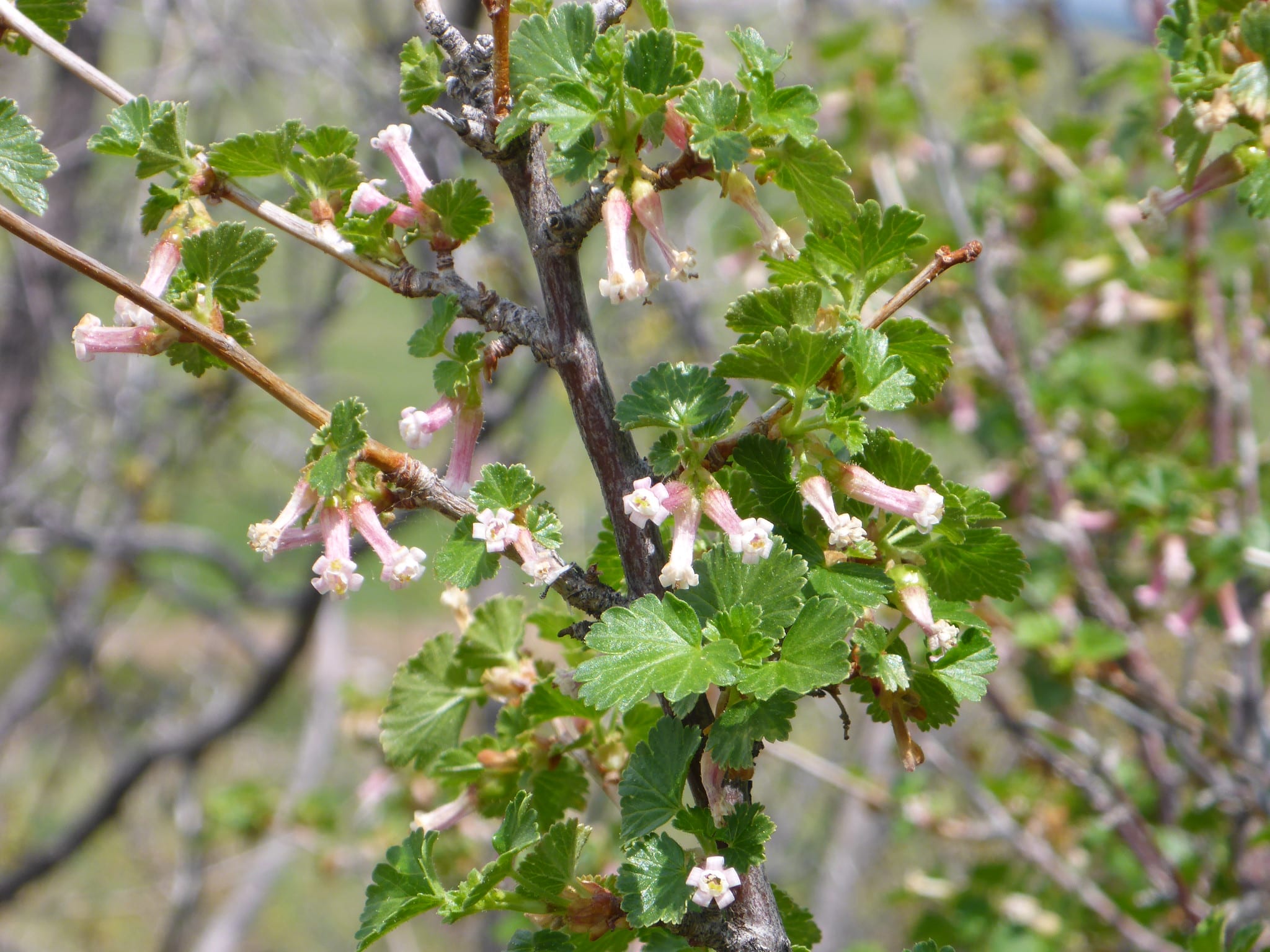
Three-leaf Sumac – Identified by its glossy green, three-parted leaves, the Three-leaf Sumac produces small yellow flowers and reddish edible fruits. Does best in the Plains, Foothills, and Upper Sonoran zones.
Sagebrush – The silver Sagebrush grows in more of a mound formation with aromatic characteristics and silver-gray leaves. This shrub does best in the Montane zones.
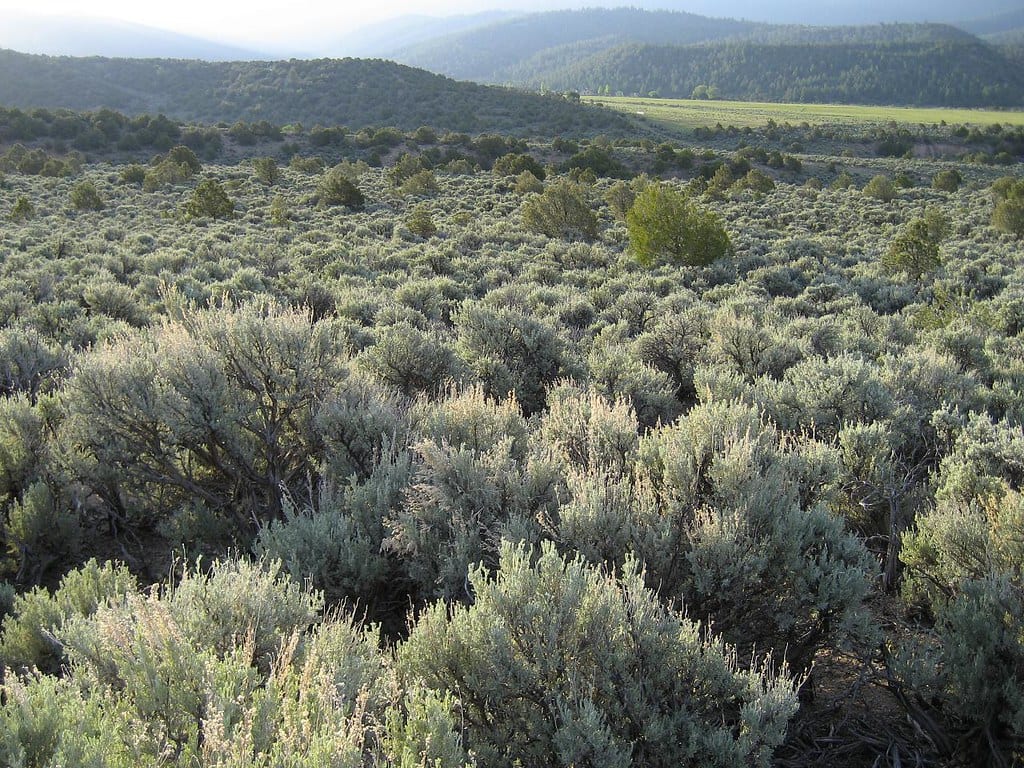
Hoptree – Hoptree is a small shrub with three-part foliage, small fragrant flowers, and yellow fall color. The deciduous shrub is found in the Plains and Foothills zone.
Chokecherry – A large shrub that can reach up to 12 feet high. Chokecherry produces a long white blossom that becomes a dark red fruit. The fruit is popular with making jams, jellies, and syrups. It can be found along streambanks, gullies, and canyon bottoms in all the life zones, except Alpine.

Rabbitbrush – The Rabbitbrush is an aggressive shrub, mainly identified by a show of clusters of yellow flowers in late summer. It does best in the Plains, Foothills, and Upper Sonoran life zones.
Western Water Birch – A deciduous shrub with multiple trunks. Western Water Birch is easily identified by its dark red-brown, smooth bark. Thin branches and alternating leaves fill out this shrub. it does best in the Montane life zone.
Western Sand Cherry – The Western Sand Cherry is a rounded shrub with grayish-green leaves with white fragrant flowers, followed by a purplish fruit. It also produces a beautiful red color in the fall. It is mainly found in the Plains and Foothills zones.
Grasses native to Colorado
Grasses are adaptable and easier to grow in hard conditions than other garden plants. Grasses are commonly used in landscaping as groundcovers, design elements, and even for erosion control. You can categorize grasses into cool-season native grasses and warm-season native grasses.
Cool season grasses green earlier in spring, including Western Wheatgrass, Indian Rice Grass, Arizona Fescue, and June Grass. Warm-season grasses are turf-type grasses that thrive in warmer weather, going dormant in the winter season. Common warm-season grasses include Buffalo Grass, Switchgrass, and Big Bluestem.

Indian Rice Grass – Identified by narrow, rolled leaves, this cool-season perennial can grow up to 24 inches tall. Indian Rice Grass is commonly found within the tallgrass prairies, mostly found out east.
Arizona Fescue – Arizona Fescue is a cool-season perennial bunch grass, that grows a dense base with numerous thin basal leaves. Commonly used for roadsides, slope stabilization, and forage. It is commonly found in elevations between 6,000 and 10,000 feet.
June Grass – This is a cool-season grass that is identified by its clump-forming basal leaves. The leaves are green or grey-green and are anchored by fine roots. Only growing up to 2.5 feet tall, June Grass is found in the transitional mixed grass prairie.
Buffalograss – A drought-tolerant, hardy ground cover, Buffalograss is a warm-season perennial that forms a dense turf with fine grayish-green leaves. Main species of the short grass prairie that live on the Great Plains. Commonly used for low-maintenance turf.

Western Wheatgrass – A cool-season perennial with fine bluish-green leaves that can grow under various cool environments. Western Wheatgrass is commonly found within a more transitional mixed grass prairie, between tall and short grass.
Switchgrass – A warm-season grass that grows in clumps up to nine feet tall. It is identified by its light blue-green leaf blades. Switchgrass is often used for ground coverage and wildlife habitats. It is mostly found within the tall grass prairie.
Big Bluestem – A warm-season grass with blue-green foliage and fall orange blooms. Big Bluestem is mostly used as decoration in landscaping and for pasture and wildlife habitats. It is commonly found in the short grass prairies.
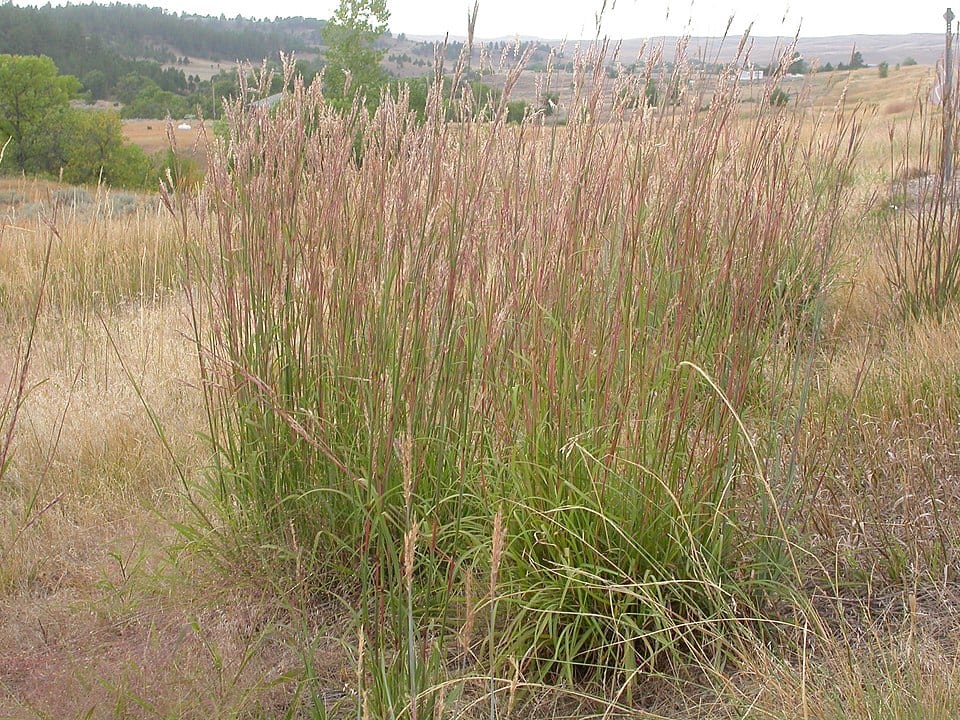
Ferns native to Colorado
While ferns are certainly not widely popular in Colorado, there can be a few found tucked away amongst giant boulders in high-moisture areas. Most of the ferns you will find in Colorado are not native except for the Polystichum lonchitis, commonly referred to as Northern Hollyfern. It grows on rocky slopes and cliffs and sometimes in dense forests.
It’s mostly found in the Montane to Alpine zones in northwest Colorado.
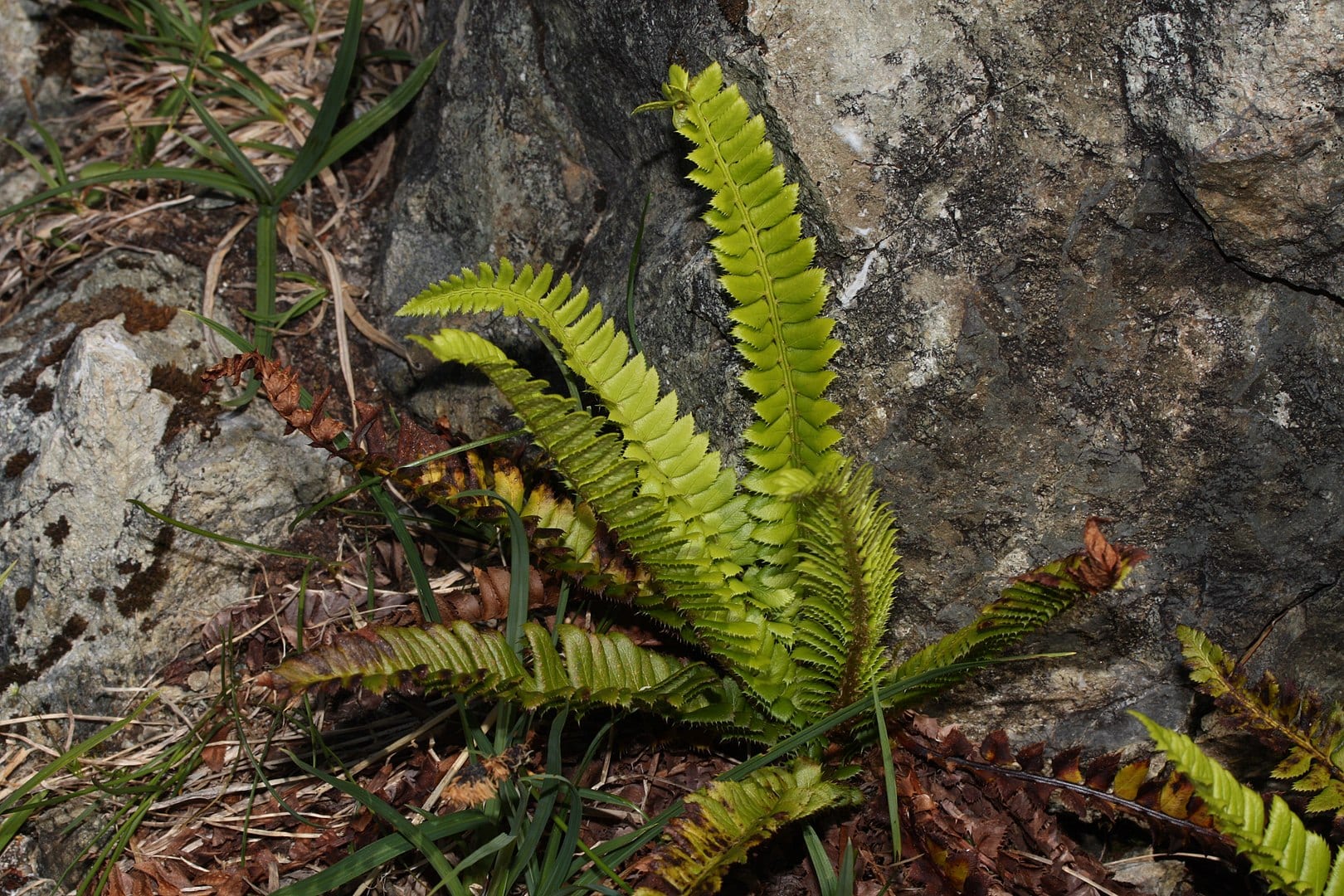
Using the Hollyfern in your landscaping can be challenging as it requires a very cool environment. For some alternatives, use the low-water ferns for your Colorado landscaping:
While this is certainly not the full list of all Colorado native plants good for landscaping, it is at least a start to building and growing your garden in Colorado!

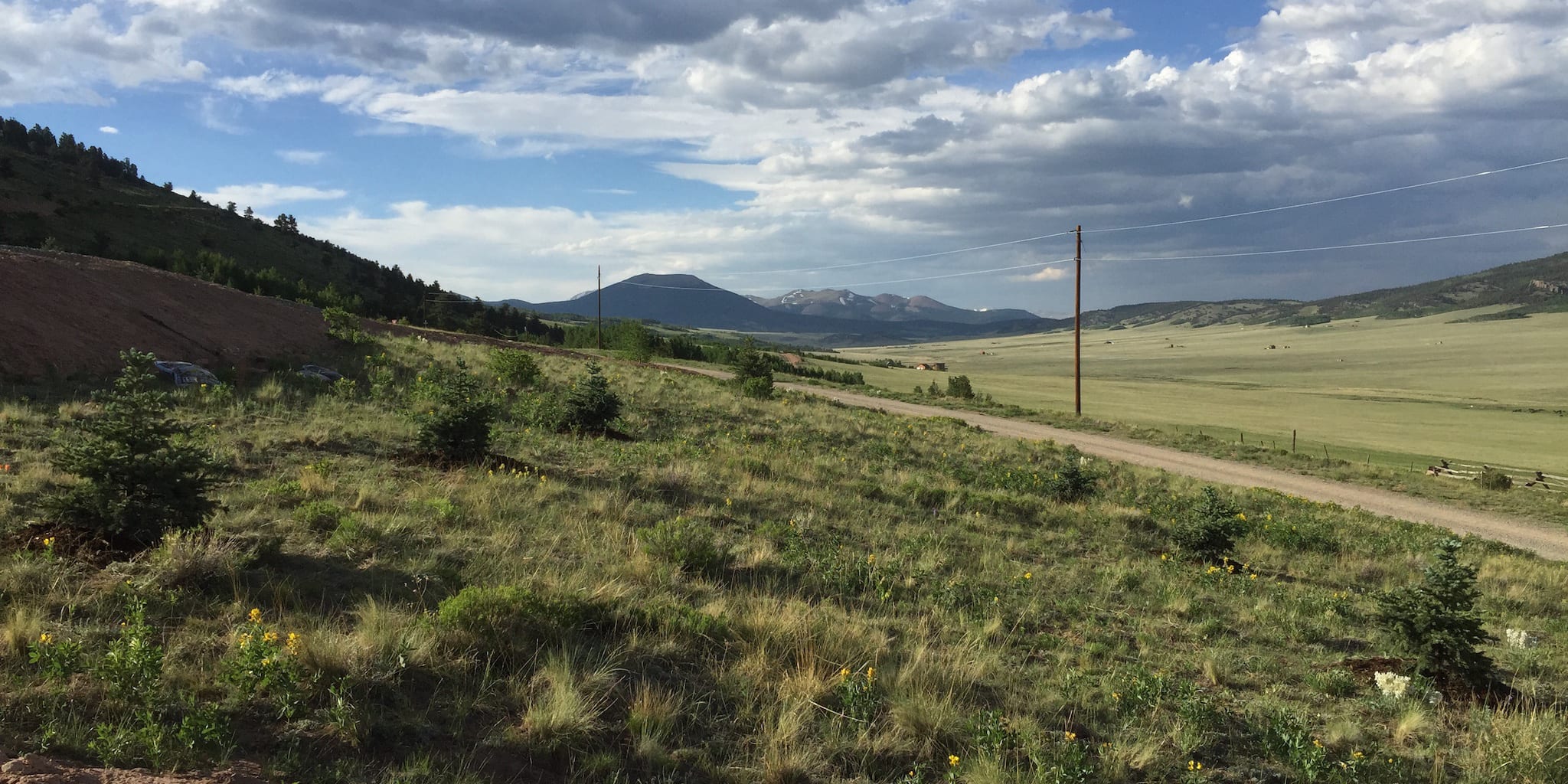
 20 Largest Colorado Cities by Population
20 Largest Colorado Cities by Population